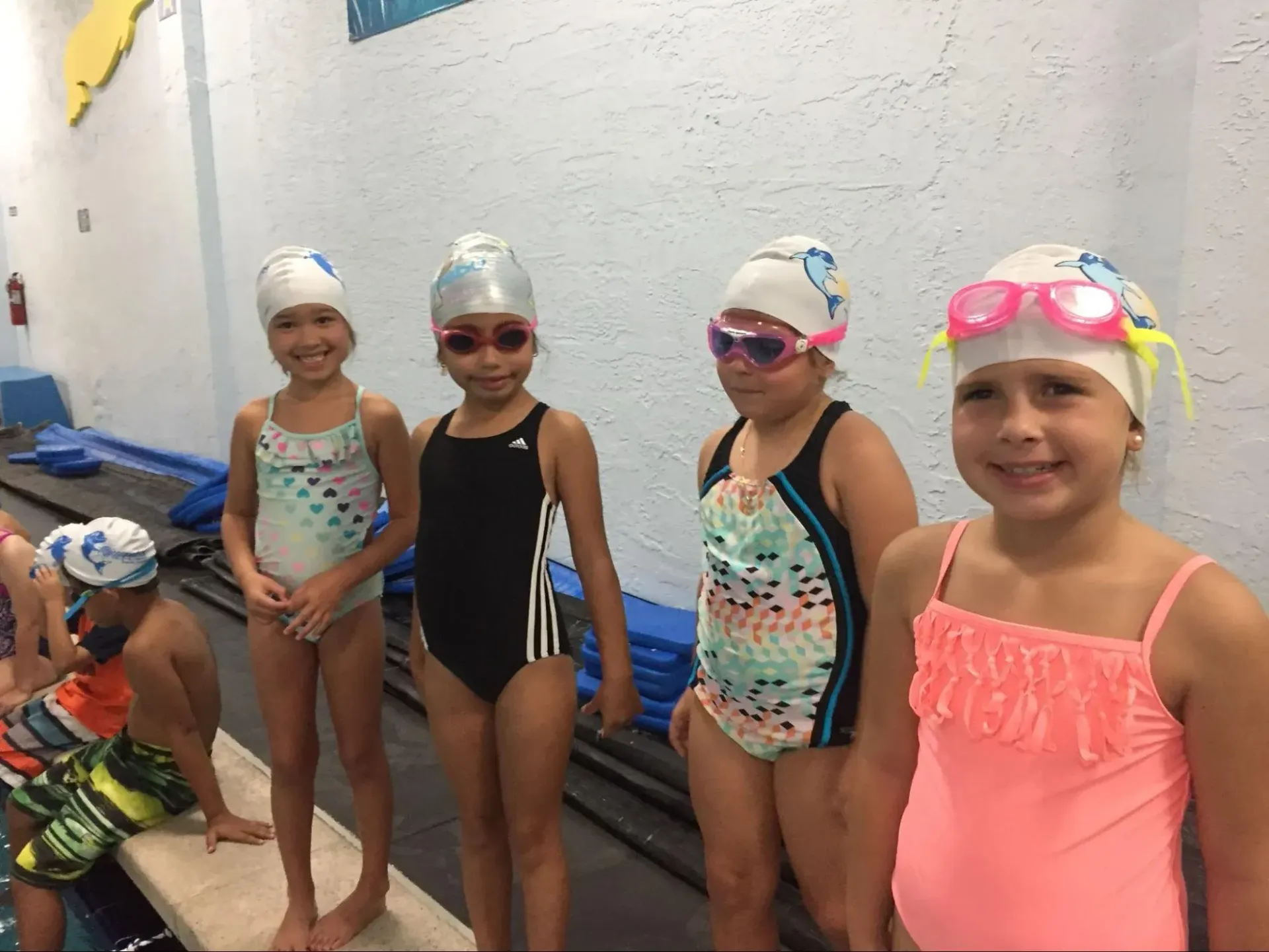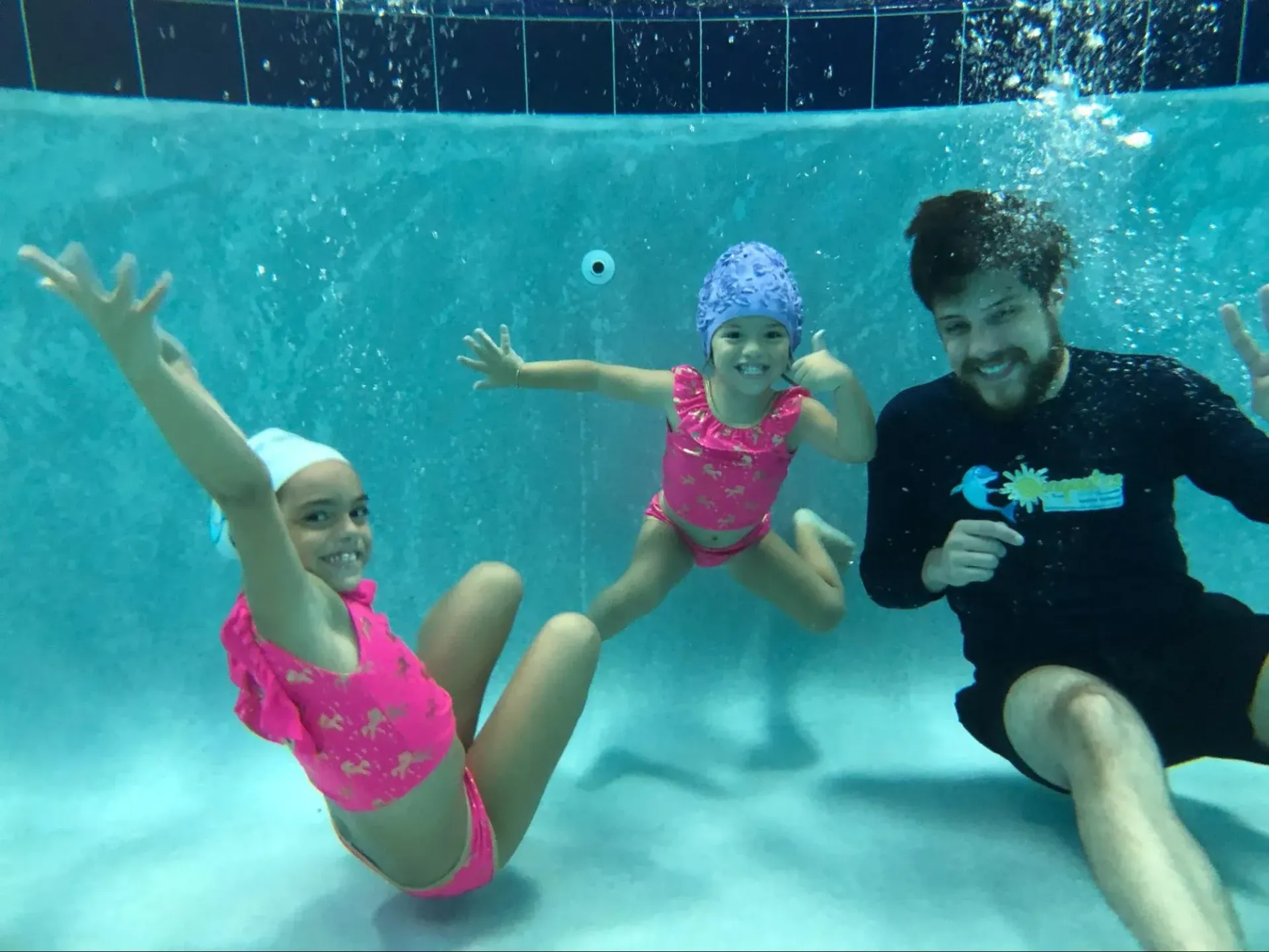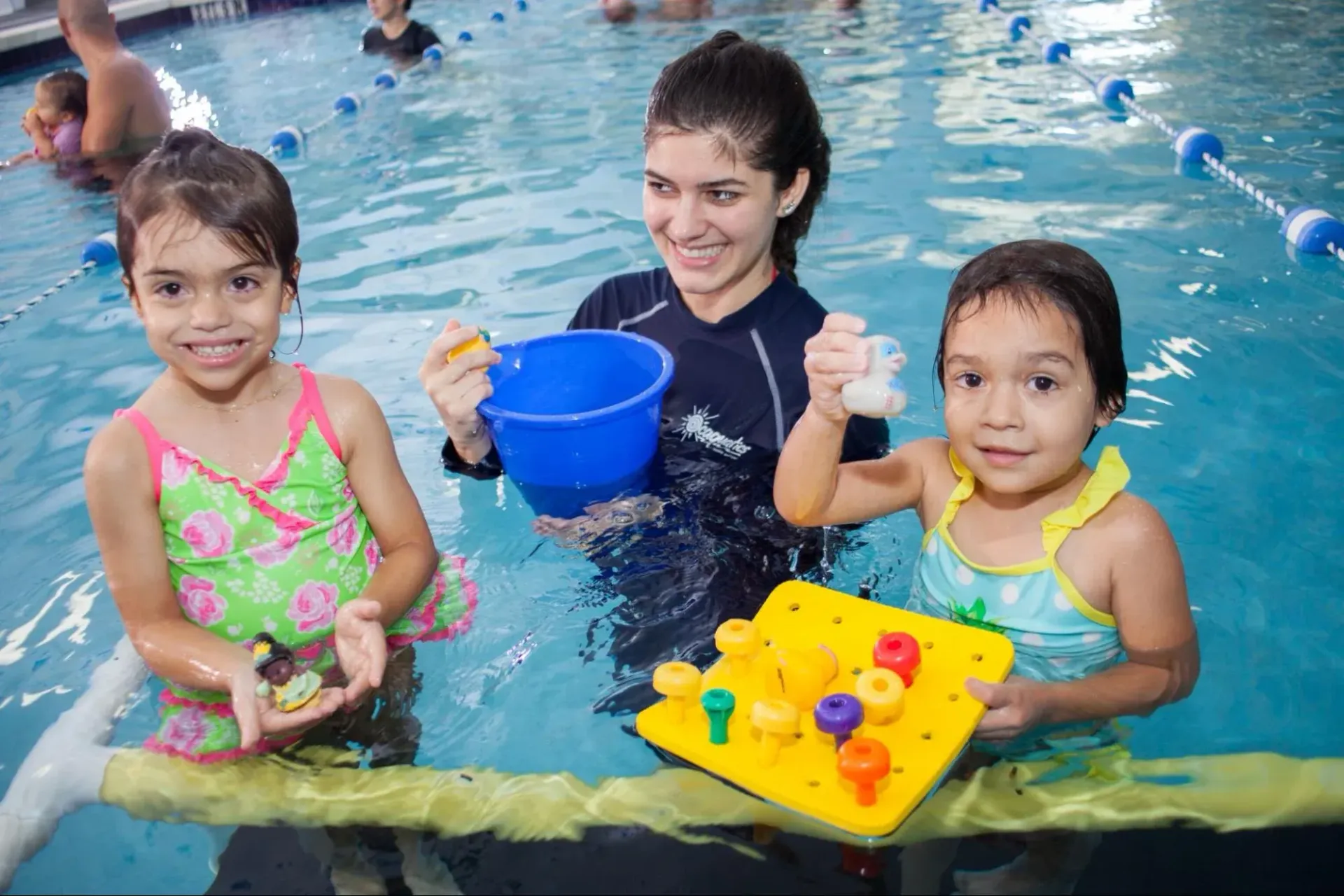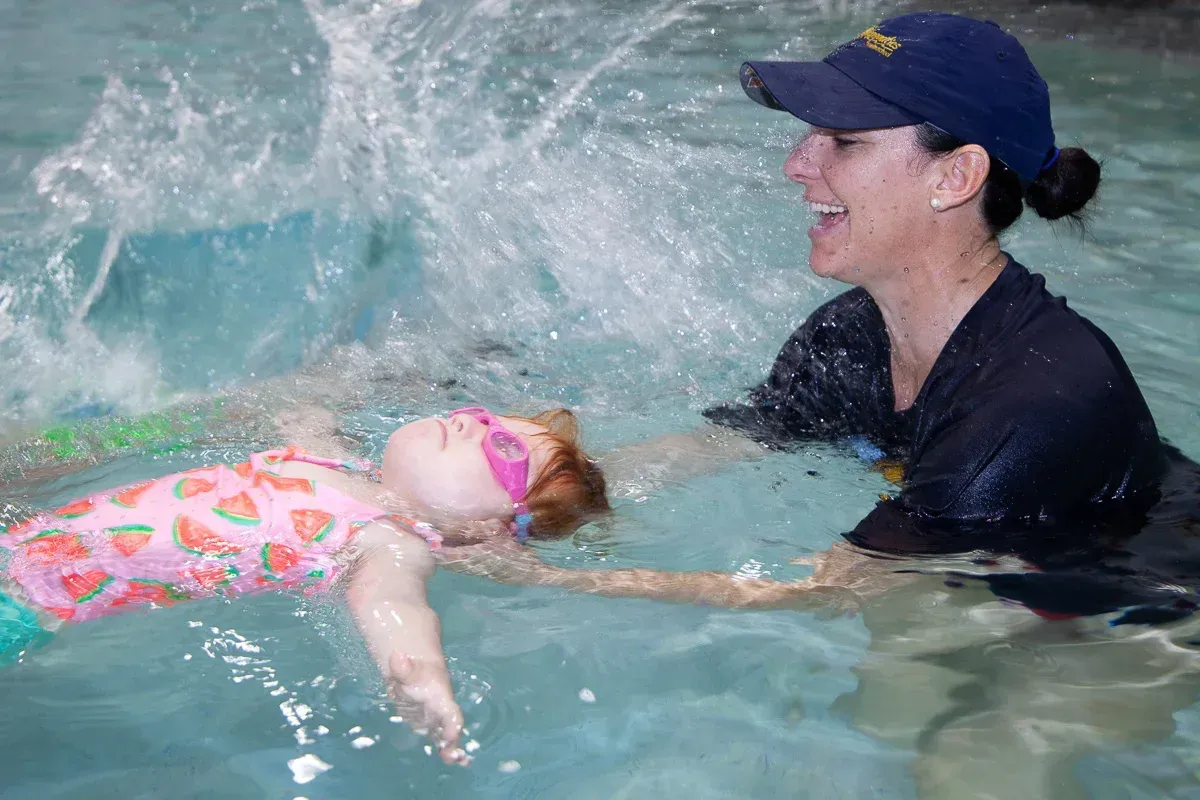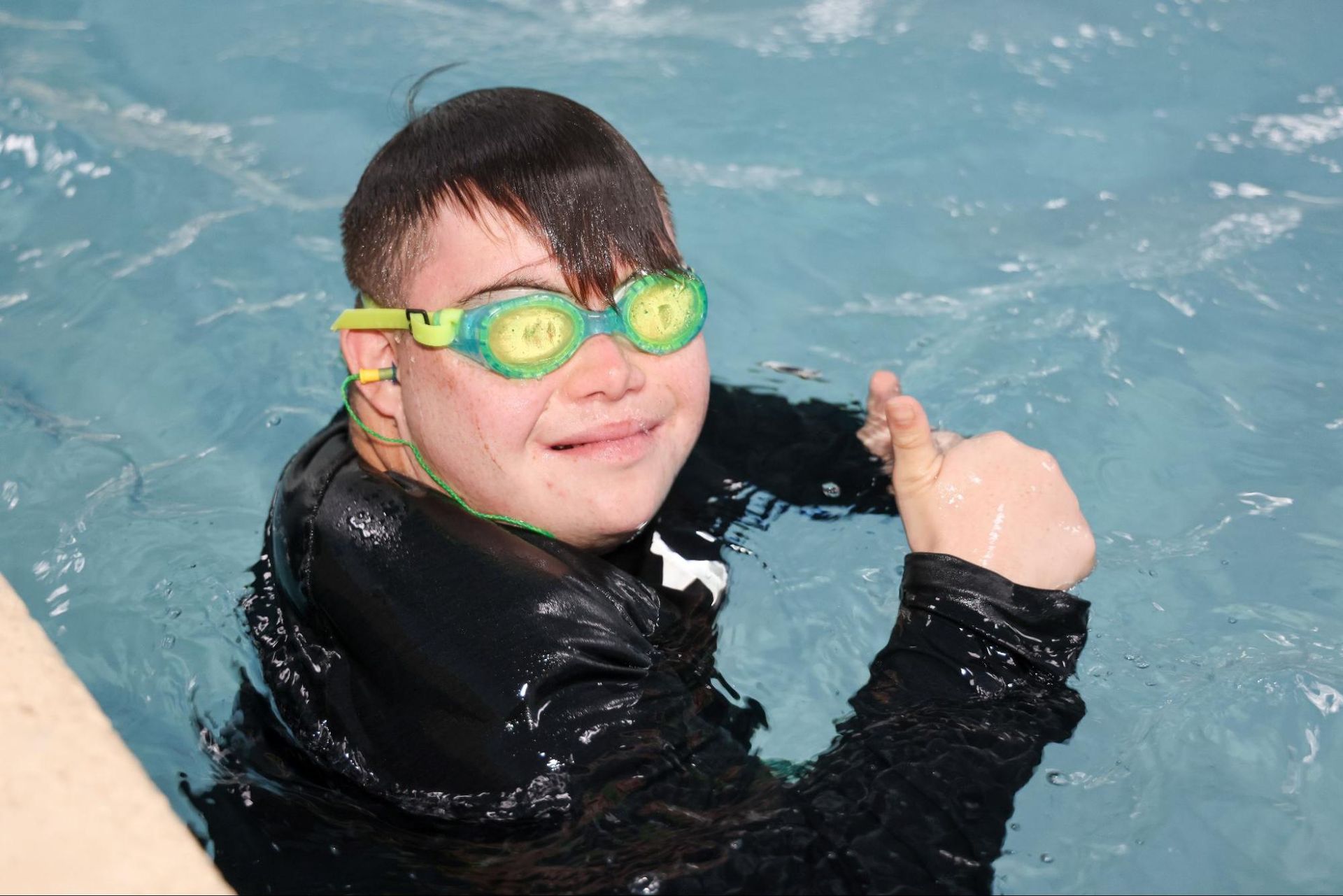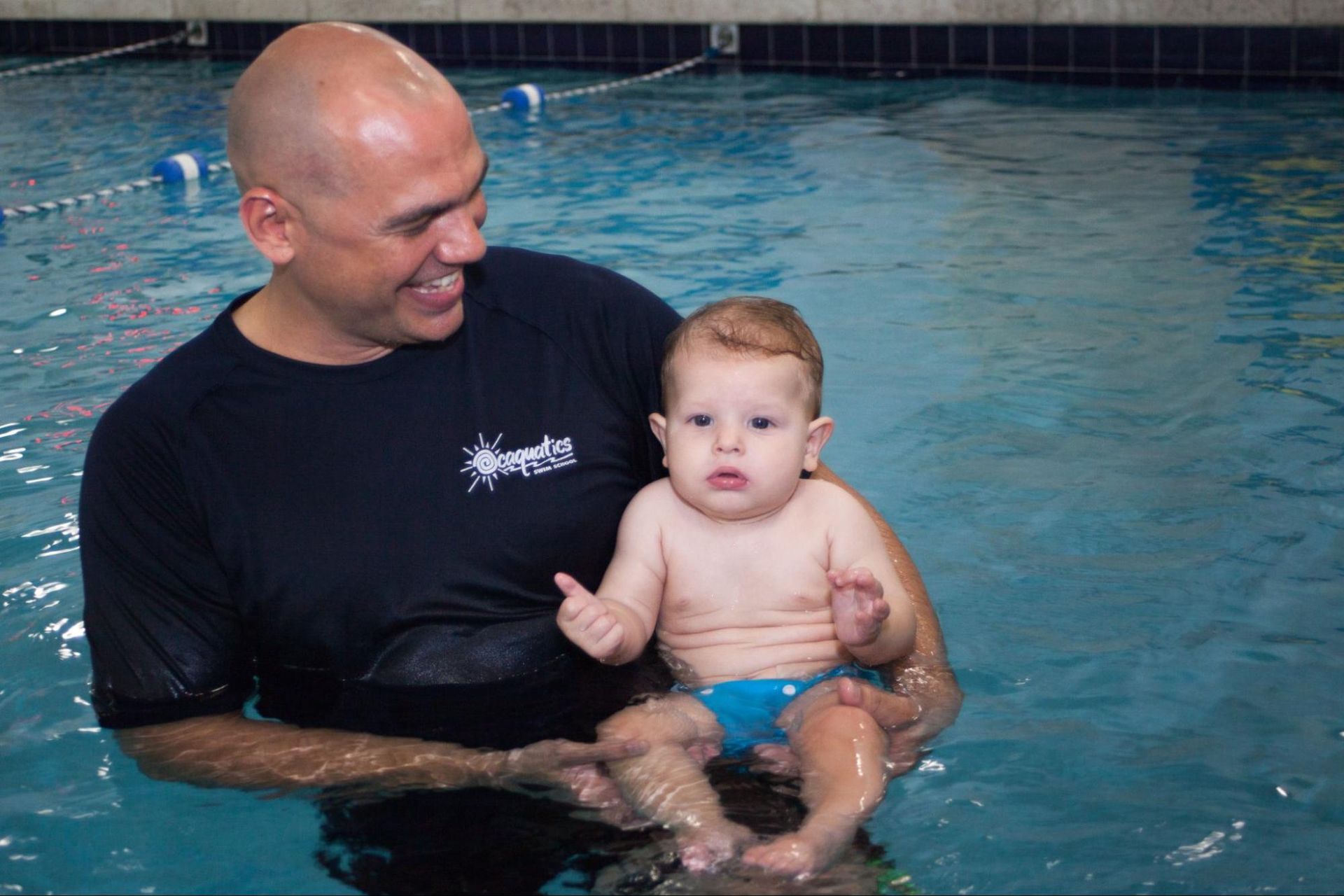How long to wait to swim after ear piercing?
Getting your ears pierced is a simple and popular procedure, but what many people don’t realize is that what comes after the piercing can make all the difference between a smooth healing process and a frustrating infection. One of the most common questions asked, especially by children, parents, and swim enthusiasts, is: How long should you wait to swim after ear piercing?
Experienced swim instructors say it’s prudent to wait for six to eight weeks for earlobe piercings and eight to 12 weeks or more for cartilage piercings. But there’s much more to consider, including water quality, type of piercing, healing phases, risks of infection, and safe swim alternatives during healing.
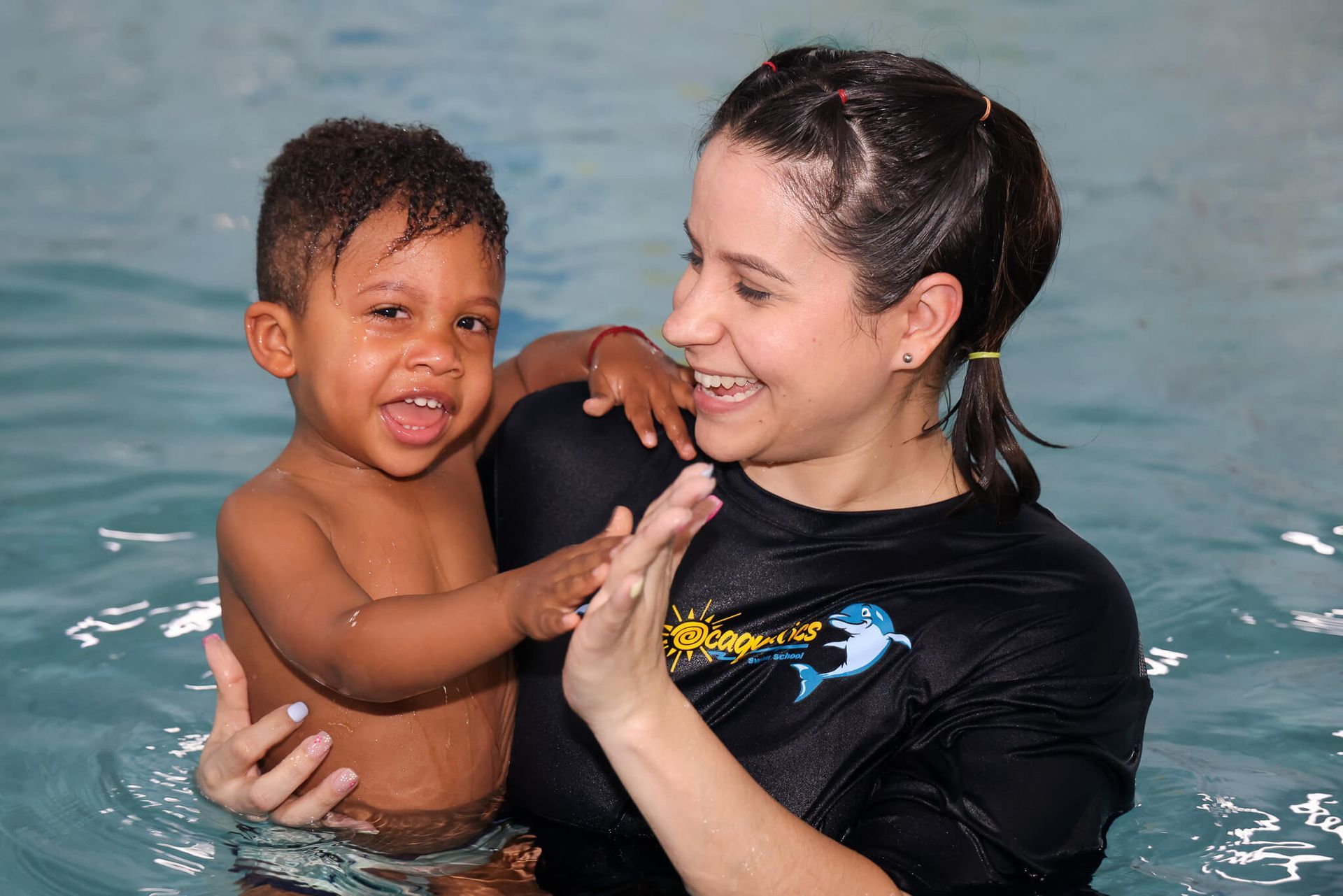
Ear Piercing Healing Phases
Before you head for the pool, it’s important to understand how the healing process works.
Initial Healing Phase (Days 1–14)
- The wound is fresh, and the body begins forming a clot and starting inflammation.
- This is the most vulnerable time. Exposing a new piercing to water increases the risk of bacteria entering and causing infection.
Proliferative Phase (Week 2–Week 6)
- New tissue (granulation tissue) starts forming around the piercing site.
- The wound may look closed externally, but deeper layers are still healing.
- The piercing is still sensitive to moisture, pressure, and contaminants.
Maturation Phase (After Week 6)
- Collagen fibers are laid down to strengthen the skin.
- The risk of infection decreases, but trauma or premature jewelry changes can disrupt healing.
The full healing time depends on the piercing’s location and your body’s healing ability.
Swimming Risks: Why Waiting Matters
Water can seem harmless, but when it comes to a healing piercing, even a quick dip can spell trouble. Let’s break down why.
Bacteria in Water
- Pools contain chlorine, which kills some bacteria but not all. Chlorine itself can also irritate open wounds.
- Lakes, oceans, and rivers are full of microorganisms that can easily enter an unhealed piercing.
- Hot tubs are particularly risky due to warm temperatures and bacteria-prone environments.
Water Pressure and Flow
- Strong water flow (from swimming laps or splashing) can dislodge new piercings or introduce force that irritates the healing tissue.
Moisture Retention
- Trapped moisture around the piercing site creates a perfect environment for bacteria to thrive.
- If not dried thoroughly and cleaned post-swim, this can lead to infection.
How Long Should You Wait?
Here’s the general timeline, broken down by piercing type:
Earlobe Piercings: 6–8 Weeks
- This is the most common and fastest-healing ear piercing.
- If you must swim before eight weeks, wait at least three weeks and use waterproof ear coverings and antiseptic spray post-swim—but understand the risks are still elevated.
Cartilage Piercings: 8–12+ Weeks
- These piercings (helix, tragus, conch, etc.) heal slower and are more prone to complications like keloids or infections.
- Ideally, avoid swimming entirely for the full healing window—12 weeks minimum for cartilage.
For Children: 8 Weeks Minimum (Lobes)
- Kids may have more difficulty keeping piercings clean and resisting the urge to touch them.
- Consider scheduling piercings after swim season or well before an upcoming beach trip.
Special Considerations for Competitive Swimmers
For children enrolled in year-round swim programs, such as those at Ocaquatics Swim School in Miami, the timing of a piercing can impact their lesson consistency. Here’s how to balance both:
Option 1: Pierce During a Break
- Schedule ear piercing during school holidays, between session breaks, or after a swim competition.
Option 2: Use Protective Barriers
- Invest in waterproof ear bandages or swimming headbands designed to protect piercings.
- Products like AquaGuard or CleanSeals offer waterproof adhesive covers that can shield the piercing from pool water.
Option 3: Consult a Piercing Professional
- A reputable piercer or dermatologist can advise you based on individual healing response and whether early water exposure is manageable.
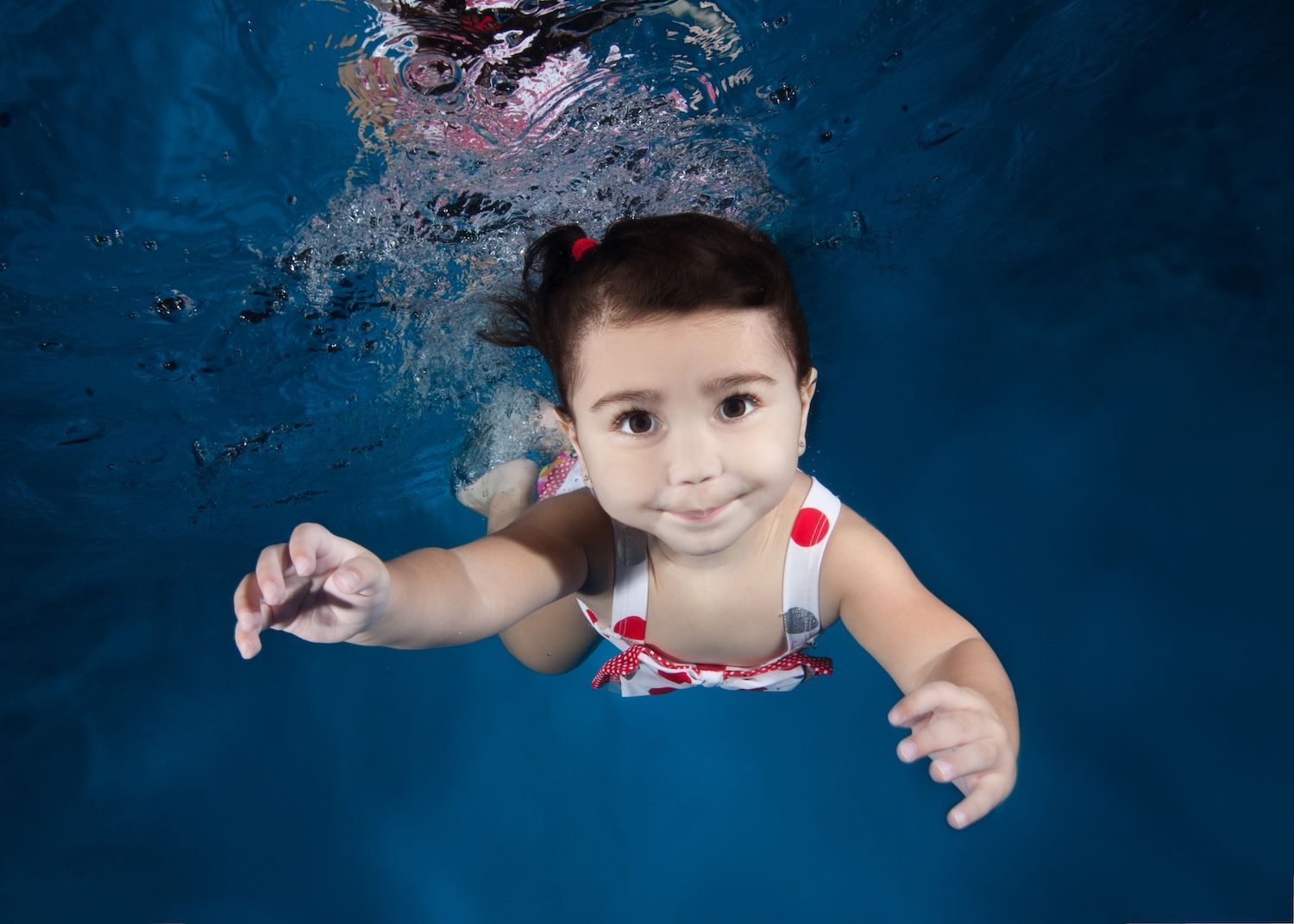
How to Protect Piercings If You Must Swim
Sometimes swimming is unavoidable, especially in warm-weather locations like South Florida. If you or your child need to enter the water before the ideal wait period, follow these tips to reduce risks:
Use Waterproof Covers
- Medical-grade waterproof bandages or silicone patches can temporarily seal off the piercing.
Clean Immediately After Swimming
- Rinse with sterile saline solution or an antiseptic cleanser recommended by your piercer.
- Pat the area dry with a clean paper towel—never reuse cloth towels which may harbor bacteria.
Avoid Submerging Head Underwater
- If possible, limit exposure by keeping the ears above water.
- Favor splash play or water-walking over full submersion until healing progresses.
Signs of Infection to Watch For
Even with precautions, complications can occur. Promptly address any of the following symptoms:
- Redness and swelling beyond the immediate piercing site
- Persistent throbbing pain or warmth
- Yellow, green, or foul-smelling discharge
- Fever or chills (indicating systemic infection)
If you notice these symptoms, stop swimming and consult a healthcare provider immediately. Continuing to swim with an infected piercing can worsen the condition and even lead to more serious health issues.
Timing Tips for Parents
Parents often ask: When’s the best time of year to get a child’s ears pierced if they swim regularly? Here's a strategic guide:
Best Times:
- Early Fall or Late Winter: Outside of swim season but gives enough time for full healing before summer.
- Post-Swim Season: If lessons end in August, schedule piercing in September to allow a full 8–12 weeks before the next swim schedule.
Worst Times:
- Right before swim camp or summer vacations
- Immediately before joining a swim team or competition
Frequently Asked Questions
Can I just take the earrings out before swimming?
No. Removing the jewelry in a new piercing can cause the hole to close rapidly, sometimes within minutes. Also, reinserting earrings after swimming can introduce bacteria.
Can I wear waterproof earplugs?
Yes, custom-molded waterproof earplugs can help block water entry, but they should fit snugly and be cleaned regularly.
What if the piercing looks healed after 3 weeks?
It might look fine on the surface, but deep tissue healing takes longer. Premature water exposure can delay healing or trigger infection even if the skin appears closed.
Play it Safe for Long-Term Piercing Success
So how long should you wait to swim after getting your ears pierced? If you want to avoid infection, maximize healing, and protect the beauty of your new piercing, wait at least six to eight weeks for lobes and eight to 12 weeks for cartilage.
Swimming in pools, oceans, or lakes too soon, especially without protection, can introduce bacteria, delay healing, and lead to painful complications. With careful planning, waterproof protection, and proper hygiene, you don’t have to choose between beautiful ear piercings and a love of the water.
Taking a proactive, well-informed approach ensures that every splash, dive, and swim is paired with healthy healing and sparkling ears—no regrets, no infections, just pure aquatic joy. At Ocaquatics Swim School, where water confidence and safety are top priorities, parents are encouraged to plan piercings with swim schedules in mind. That way, children can enjoy both milestones without compromise.
Since 1994, Ocaquatics Swim School has been Miami’s trusted leader in teaching children how to swim. Families choose us because we offer more than just swim lessons. We provide a one-of-a-kind approach to water safety that’s both effective and enjoyable. Our mission is to help kids become safer, more confident swimmers while making learning fun and nurturing a lifelong love for the water.
To enroll your child, call or text us at 305-969-7946 or contact us online.





